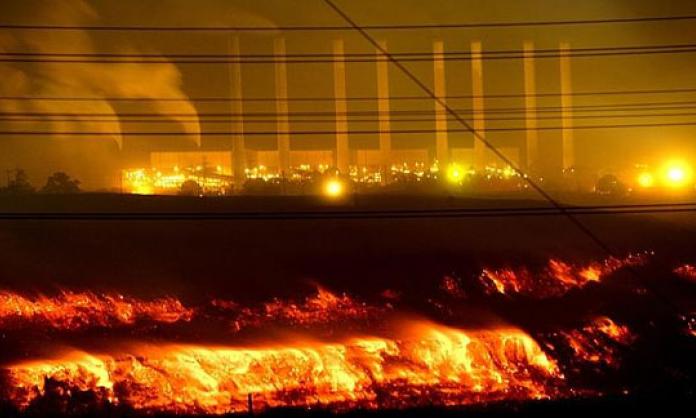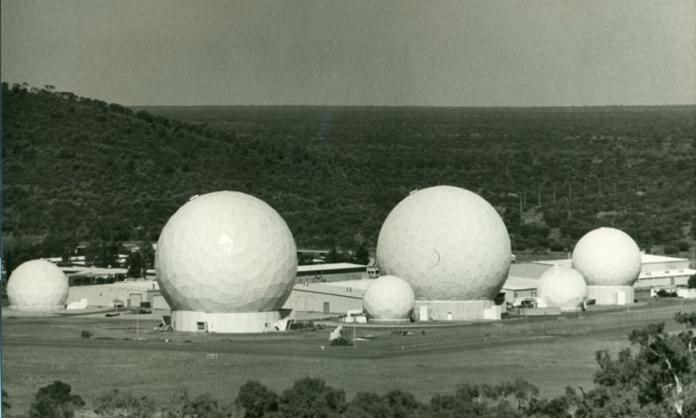“One of the things that gives us comfort that this is nothing more than random variation is the (sic) the increase was greatest in the Moe postcode which is 13km away from the fire.”
So said Dr Rosemary Lester, the then Victorian Chief Health Officer, in an email to Dr Louisa Flander, a Melbourne University researcher who authored a number of reports into the mortality impact of the 2014 Hazelwood mine fire. Lester’s “feedback” to Flander was in response to data indicating a 32 percent increase in deaths in the Victorian town of Moe during the fire.
Lester’s correspondence has been exposed in the course of the Hazelwood mine fire inquiry which was re-opened in March. The initial inquiry found that the Victorian Department of Health failed to respond adequately to the crisis caused by the fire, which blanketed the Latrobe Valley with noxious coal smoke for 45 days. It particularly singled out Lester as being responsible for the department’s failure to act.
The re-opened inquiry has now found what many residents of the Valley have long suspected, the Department of Health engaged in a cover up.
Hoping to discredit local residents’ health concerns, the department commissioned Dr Flander to consider the health effects of the fire, based on available data. In particular, she was asked to look into the report published by Professor Adrian Barrett whose analysis of births, deaths and marriages data showed a probable link between the fire and increased deaths in the area.
Then, when Flander didn’t say what they wanted, the department began suggesting changes.
When the department thought that Flander’s conclusions were too close to those of Barrett, representatives of the department asked if the report could be re-written. “Is it possible that the conclusion could be drawn instead that the data presented do not suggest strong evidence for the author’s hypothesis that the fire had an effect on mortality?”, asked one department representative. Dr Flander replied: “Many thanks for these useful comments. We will incorporate all the suggestions”.
The final report read as directed: “The data presented in these papers do not suggest strong evidence for the author’s assertion of a significant effect of the period of a fire on mortality at that time”.
The department also points out to Dr Flander exactly which concerns need to be discredited more effectively, telling her: “This statement has been used by the media and has been the de facto conclusion akin to 10 per cent more deaths due to fire and 9.6 deaths caused by fire, so needs to be challenged more directly”.
While the Hazelwood mine fire burned, and in the weeks and months afterwards, the Department of Health insisted that exposure to coal smoke would not have a significant impact on the health of residents. Their statements flew in the face of community experience but the department relied on Dr Flander’s so-called independent reports to justify their line.
Speaking to Red Flag after the revelations, spokesperson for Voices of the Valley, Ron Ipsen said: “The real story of the day was the health department obfuscating data and cooking up reports. They released fact sheets to refute our information, our local doctors went off those, and it was wrong info.
“They were covering their arse. They finally admitted to our findings of 40 percent increase [in deaths] in Traralgon during the mine fire and a 32 percent increase in Moe”, he said.
The re-opened Hazelwood mine fire inquiry will release its finding next month.








